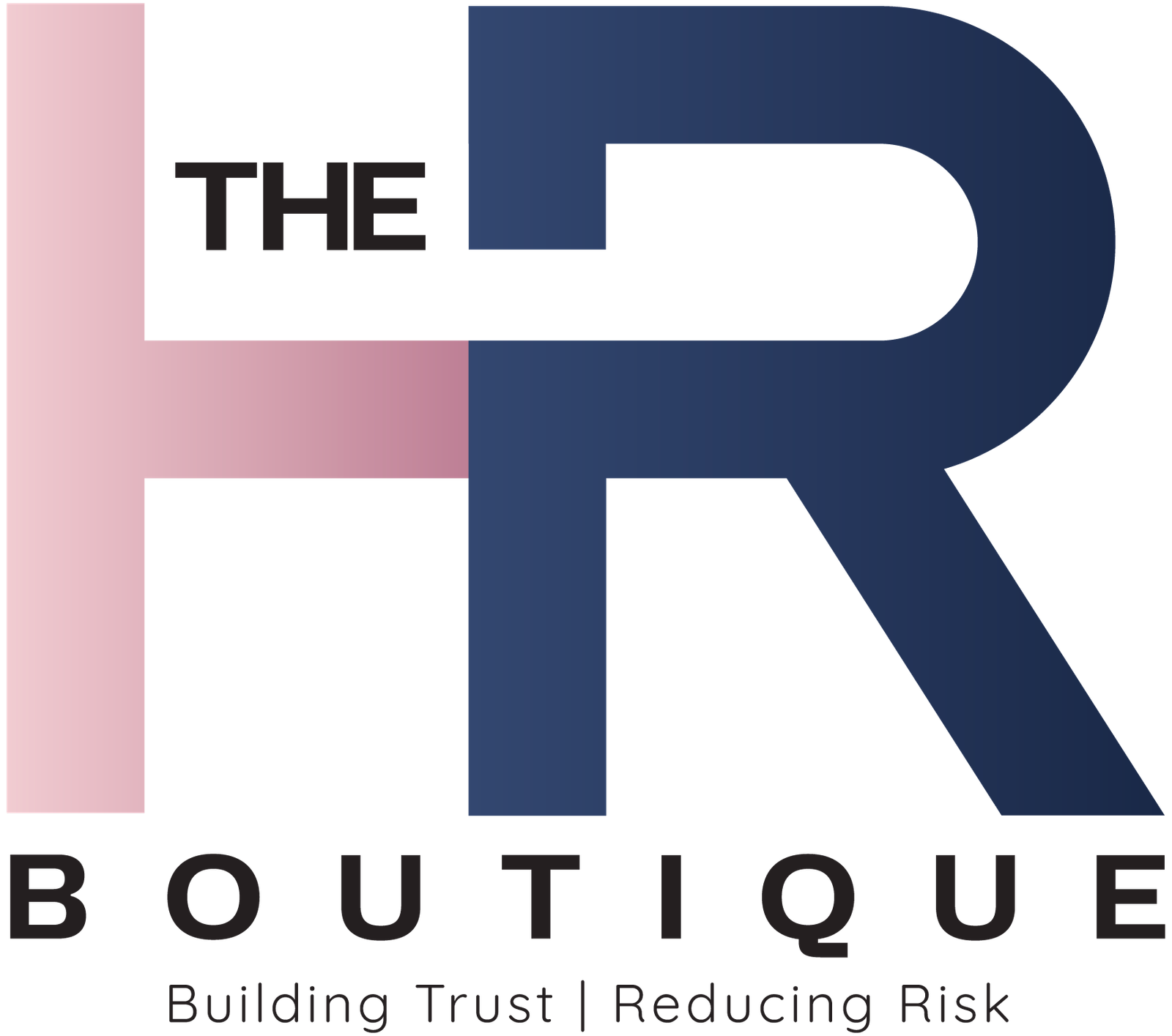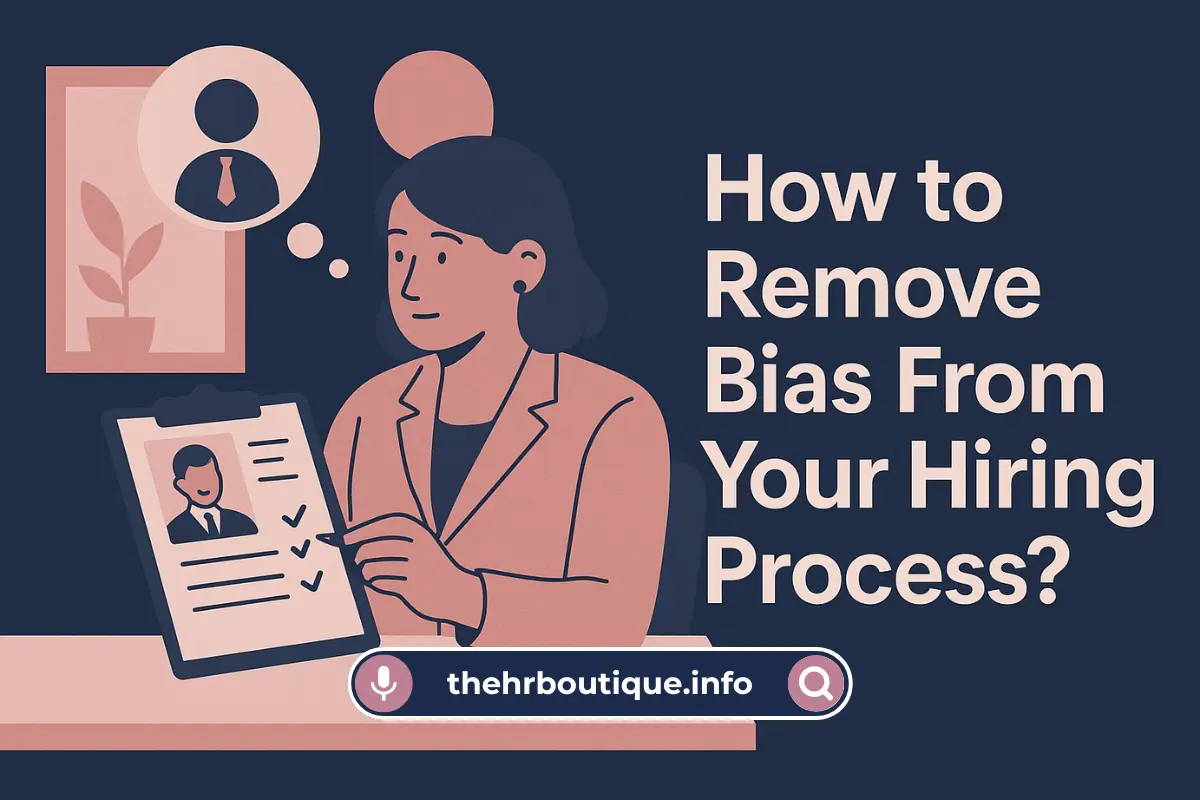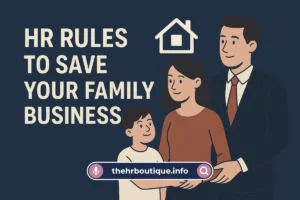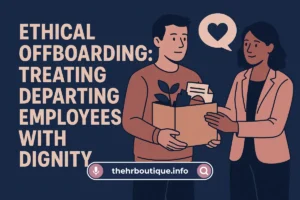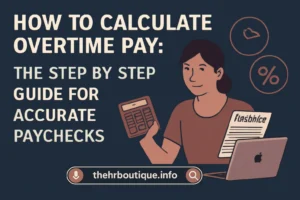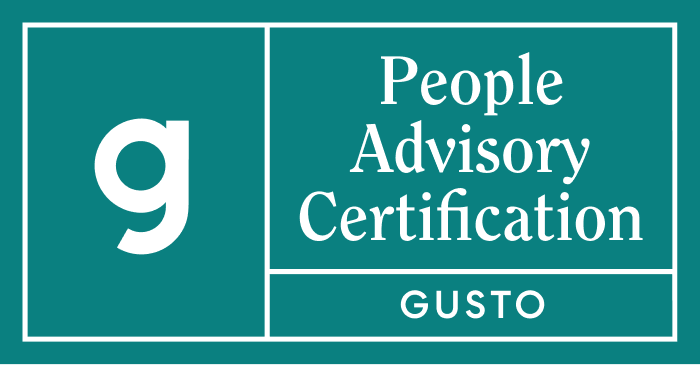Let me tell you about Sarah, the best hire we almost missed.
She walked into the interview looking nothing like our typical candidate. No Ivy League degree. No big-name companies on her resume. When we asked why she wanted this job, she didn’t give the polished corporate answer – she told us a raw, honest story about why this work mattered to her.
Half the interview panel hated her. “Too unconventional,” one said. “Not a culture fit,” argued another.
But the engineer who’d be working with her daily fought hard for Sarah. “She actually solved the test problem better than anyone,” he insisted.
Six months later, Sarah was leading our most innovative project. The “perfect-on-paper” candidate we hired instead of her? Gone in 90 days.
This happens every day in hiring. We think we’re being objective, but we’re really just rewarding people who know how to play the interview game.
Why Your Hiring Process is Broken?
I’ve reviewed thousands of hiring decisions across companies. Here’s what nobody wants to admit:
Most hiring isn’t about finding the best person – it’s about finding the person who makes us most comfortable.
We call it “gut feeling” when really it’s:
- Preferring candidates who remind us of ourselves.
- Overvaluing confidence over competence.
- Mistaking polish for potential.
And no, AI won’t save you. Because:
- The algorithms learn from our past biased decisions
- They can’t measure crucial traits like resilience or creativity
- Humans still make the final call (with all our built-in biases)
5 Hiring Biases That Are Costing You Great People
1. The Clone Effect
We unconsciously favor candidates who:
- Went to our alma mater.
- Share our hobbies.
- Have similar career paths.
Why it matters: Homogeneous teams make worse decisions. Diverse teams outperform them by 35%.
2. The Smooth Talker Trap
We confuse:
- Articulate = smart
- Nervous = unprepared
- Quiet = not leadership material
Reality check: Some of your best thinkers need time to process before speaking.
3. The Brand Name Bias
We overweight:
- Fancy degrees (when the job doesn’t require one).
- Big company names (even irrelevant experience).
- Industry incumbents (ignoring transferable skills).
What you miss: The hungry candidate from a different background who could revolutionize your approach.
4. The “Culture Fit” Farce
“Culture fit” often means:
- “Someone I’d grab beers with”
- “Someone who won’t rock the boat”
- “Someone like the rest of us”
Better question: “What new perspective could this person bring?”
5. The Instant Judgment Error
We decide in the first 5 minutes, then spend the interview confirming our bias.
Try this: Force yourself to argue against your first impression.
How to Actually Fix Your Hiring?
After helping dozens of companies overhaul their hiring, here’s what works:
1. The “No Vibes” Rule
Ban these phrases from hiring discussions:
- “I just like them”
- “They seem smart”
- “Good culture fit“
Replace with:
- “Here’s evidence they can do the job”
- “Here’s how they scored on our rubric”
- “Here’s what unique value they add”
2. Work Samples Over Resumes
Before looking at credentials:
- Give all candidates the same real work task.
- Grade anonymously.
- Only then look at who did what.
Pro tip: Pay candidates for this time. It’s cheaper than a bad hire.
3. Structured Interviews That Actually Work
Bad: “Tell me about yourself”
Good: “Walk me through how you solved [job-relevant problem]”
Bad: “What’s your greatest weakness?”
Good: “Tell me about a time you failed and what you learned”
4. The Overnight Rule
Our worst hires happened when we:
- Rushed to fill the role.
- Fell for a charismatic interview.
- Didn’t sleep on the decision.
Now we require at least one night before making offers.
5. Track What Actually Predicts Success
For every hire, record:
- Why we thought they’d succeed.
- How they’re actually performing.
- Where our process failed.
Example: If your “perfect culture fits” keep underperforming, maybe your culture needs shaking up.
Final Thoughts
The best candidates often don’t look like what you expect. They might:
- Need time to think before answering.
- Have unconventional career paths.
- Make you slightly uncomfortable.
But that discomfort? That’s often growth waiting to happen.
The companies that get this right aren’t just filling roles – they’re constantly evolving their teams by challenging their own biases.
So the real question isn’t “How do we eliminate bias?” It’s “Are we brave enough to recognize it in ourselves and build systems that compensate for it?”
Because your next star employee is out there right now – they might just not look like your last hire. Will your process find them?
